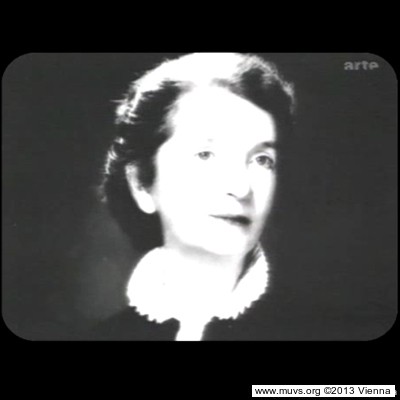Hormonal contraceptives
Few inventions have changed women’s lives so profoundly as the contraceptive pill. Its development was brought about by an unusual constellation: Then 70-year-old US birth-control pioneer Margaret Sanger; two million dollars from her friend Katharine McCormick, who was also elderly at the time; and the extremely pious gynaecologist John Rock of the Harvard Medical School and his colleagues Gregory Pincus and Abraham Stone. And like all great inventions, it was made possible by many different researchers having flashes of inspiration and strokes of scientific luck.
Gregory Pincus’ goal was imitating natural body processes, namely the mechanism by which ovulation can be suppressed. In 1956, he began the first clinical tests, and in 1957, the Enovid contraceptive pill was approved for sale in the USA. It appeared on the German-speaking market in 1961.
Initially, it was available to married women with several children only. Premarital sex was taboo, meaning that contraceptives weren’t needed. Furthermore, the pill was immediately rejected by some men because it made women independent when it came to contraception. Today, this is the most widely used contraceptive and is taken regularly by an estimated 60 to 80 million women around the world.
Hormonal contraceptives are now available in forms other than pills. There are also long-term injections, patches, vaginal rings and matchstick-sized implants that are inserted under the skin of the upper arm.
